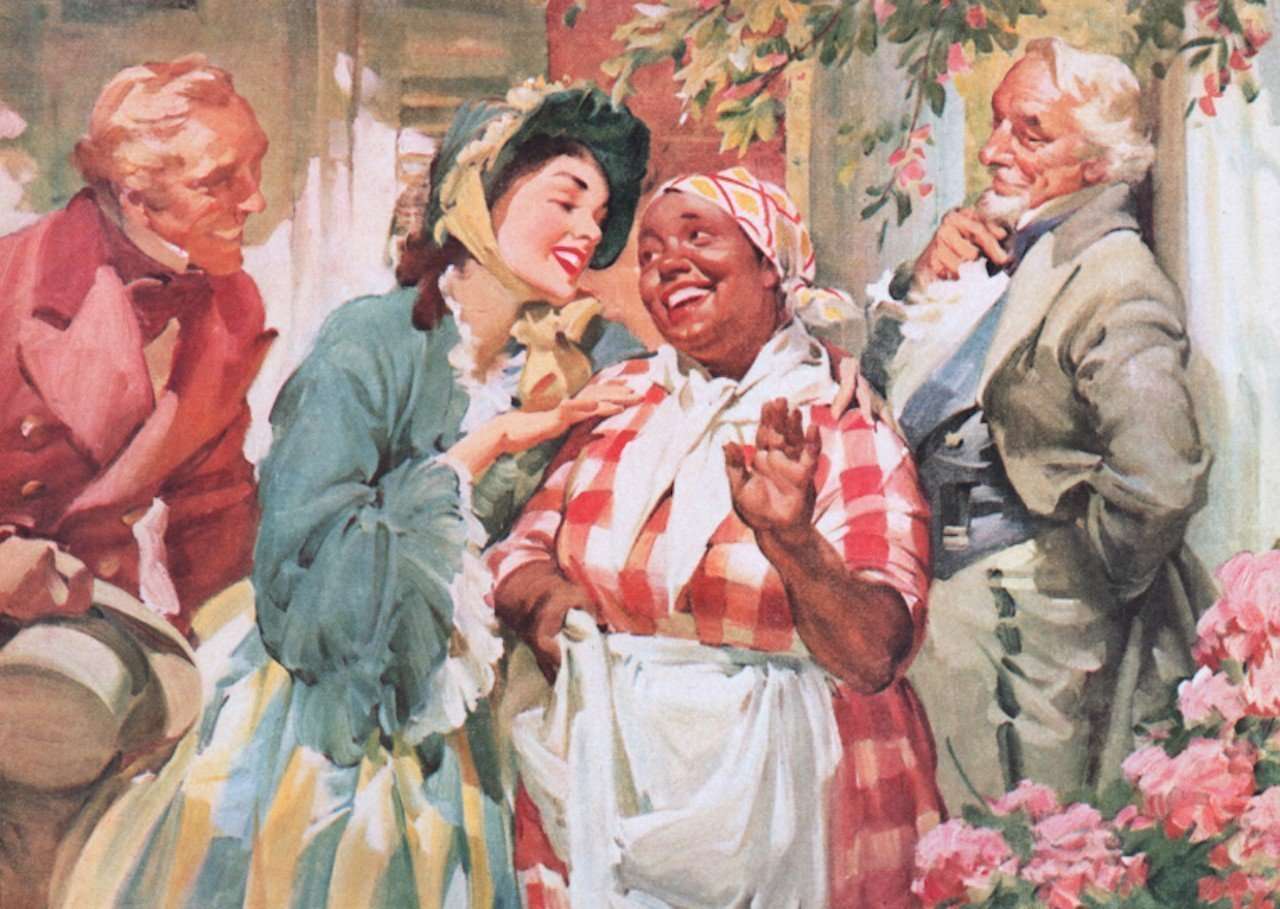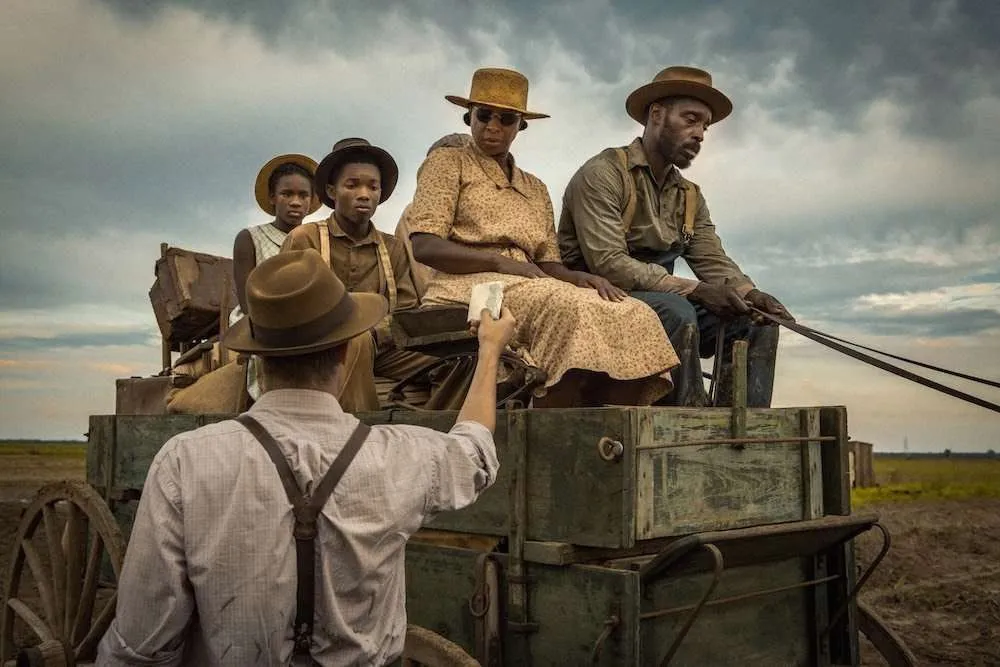Community
How Frequency of Severe Weather is Creating Climate Refugees

The Biloxi-Chitimacha-Choctaw Tribe in Louisiana’s water-logged Isle de Jean Charles are considered America’s first climate refugees.
The ocean has claimed the Isle de Jean Charles, a peninsula which has been home to the Biloxi-Chitimacha-Choctaw Tribe in Louisiana for generations. The community has long struggled with flooding and land erosion for years, but faced the reality of a rising ocean. Acting on an offer of help from US officials, the entire community resettled north to higher ground in what was once Louisiana sugar cane fields, and let the Gulf of Mexico reclaim their town.
Experts are predicting the U.S. will see an increase in climate refugees like the Biloxi-Chitimacha-Choctaw Tribe, as devastating hurricanes like Katrina, Irma, Maria and this year’s Florence become the norm. “Global warming has raised sea level about eight inches since 1880 and the rate of rise is accelerating,” according to Climate Central, a Princeton, New Jersey based non-profit that analyzes climate science. “Rising seas dramatically increase the odds of damaging floods from storm surges.”
RELATED: Detroit Schools Facing Clean Water Crisis Four Years After Flint’s Began
Gerald Stansbury, President of the NAACP’s Maryland State Conference, highlighted how the African American community is getting hit hard by climate change in the article “Climate change is hitting African Americans hard. Here’s how Maryland can lead.” He writes, “As is the case already, African American and lower-income communities will struggle the most and have fewer options for coping on this dangerously hotter and more polluted planet.”
The devastation we have recently seen in Houston, Puerto Rico, and the Carolinas is evidence that our climate is getting more and more extreme and hotter temperatures, bigger and more frequent hurricanes, devastating fires, and frequent flooding will be the norm.
Those who can afford to move will increasingly do so, causing a population shift that experts say has already begun. Matt Hauer, PhD, a University of Georgia researcher, and Florida State University professor, said the closest analogy to the coming population shift is the Great Migration that occurred during the Jim Crow era when large numbers of African Americans moved north for a better quality of life. Climate migrants are largely unnoticed today, but eventually the trickle of migrants will become a steady stream, Hauer predicts.
“There’s not a state unaffected by this. The Great Migration was out of the south into the industrialized North, whereas this is from every coastal place in the US to every other place in the US,” Hauer said. “Not everyone can afford to move, so we could end up with trapped populations that would be in a downward spiral. I have a hard time imagining what that future would be like.”








